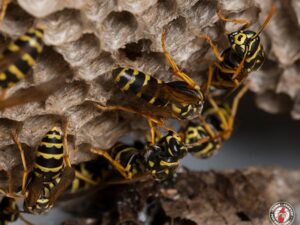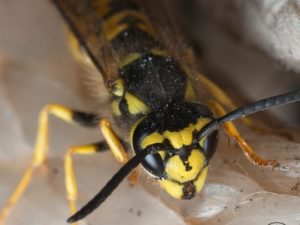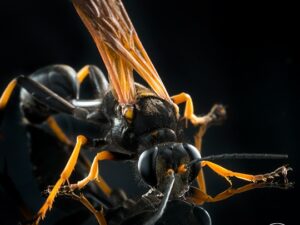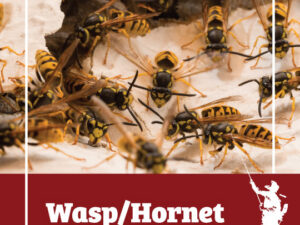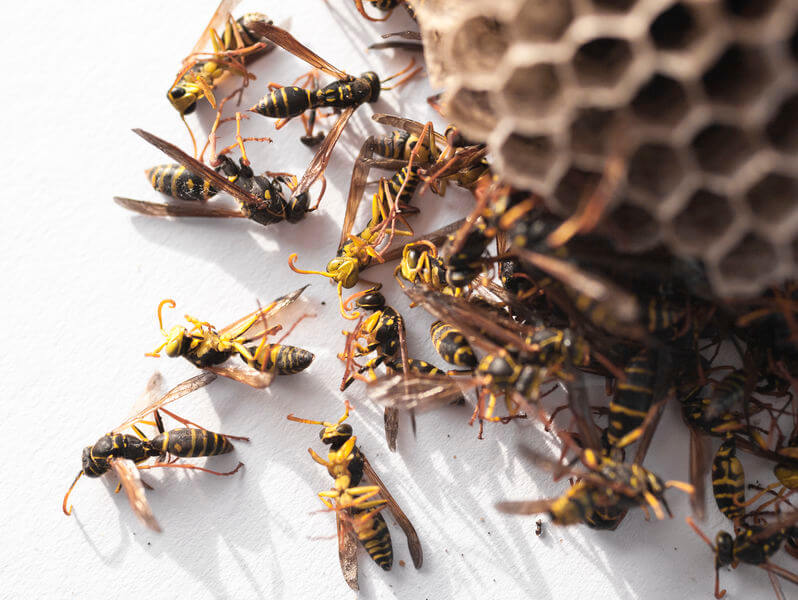
For humans, recognizing faces and discerning between different faces is a tremendously important ability considering our socially oriented nature. There are some animal species that have no need for recognizing the facial features of their own kind, or those of others. In fact, some animals, such as most subterranean termite workers and soldiers, are completely blind. For subterranean termites, the constant darkness that is ever present within their underground nests and foraging networks have made eyesight an unimportant feature, so this ability was ultimately discarded over the course of termite evolution. When compared to humans, most insects and arachnids have poor eyesight, but one paper wasp species has researchers fascinated over its ability to recognize and discern between different individual faces.
Researchers have long known that some paper wasp species can recognize faces, but a recent study has shown that northern paper wasps far excel all other wasp species when it comes to this ability. Researchers also recently learned that the ability to recognize faces is hardwired into the brains of northern paper wasps, which indicates that this ability is inherited as opposed to learned. The reason for this wasp species’ far superior facial recognition ability may be due to their unique social structure.
Northern paper wasp colonies are founded by multiple queens that eventually establish an order of rank among themselves. Each queen fulfills a different role which determines how worker waps are integrated into the nest hierarchy. This could explain why the ability to discern between different individual faces is particularly important to these wasps. An ability to recognize faces is important for maintaining stable relationships within northern paper wasp colonies and it affects displays of aggression, how labor is divided and how food is allocated. Not surprisingly, the facial features of northern paper wasps vary far more than any other wasp species. Most other wasp species find faces indistinguishable, even wasps of the same species.
Do you think that there may be other social insects that have the ability to sense individual differences among their own colony members?

